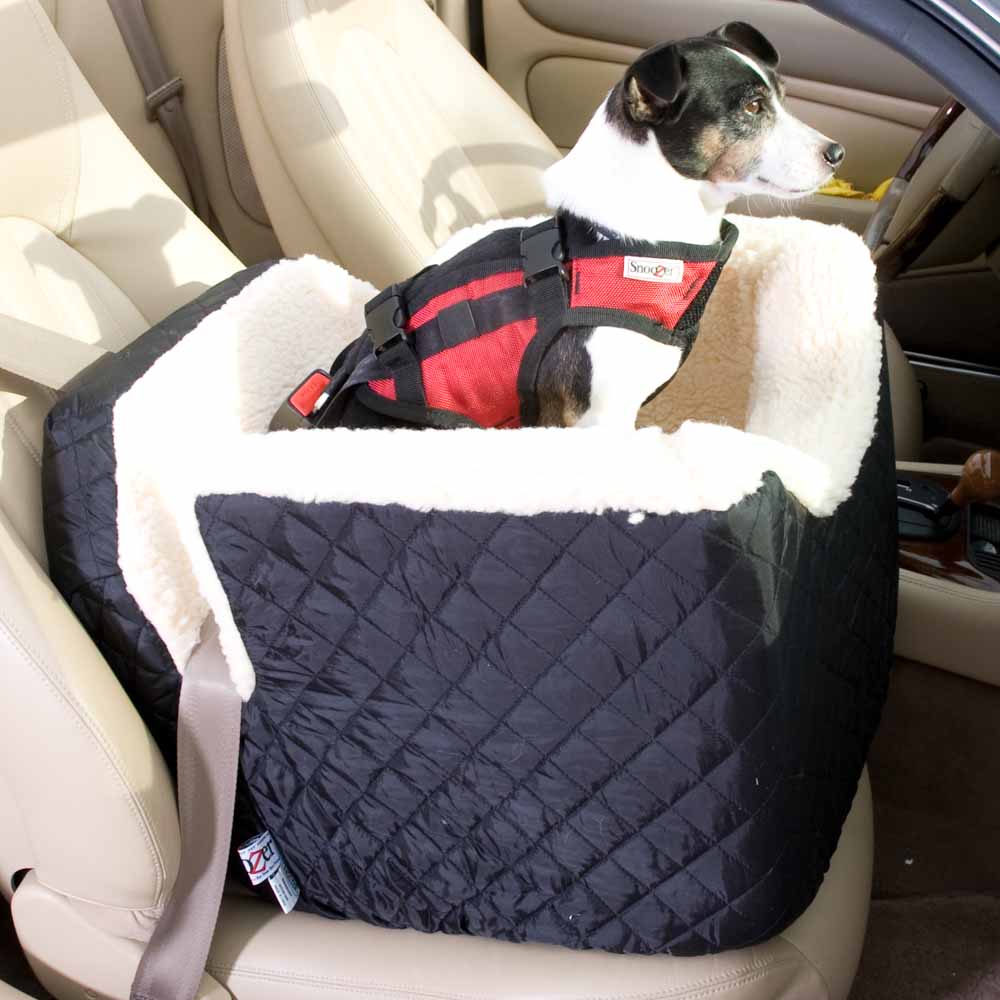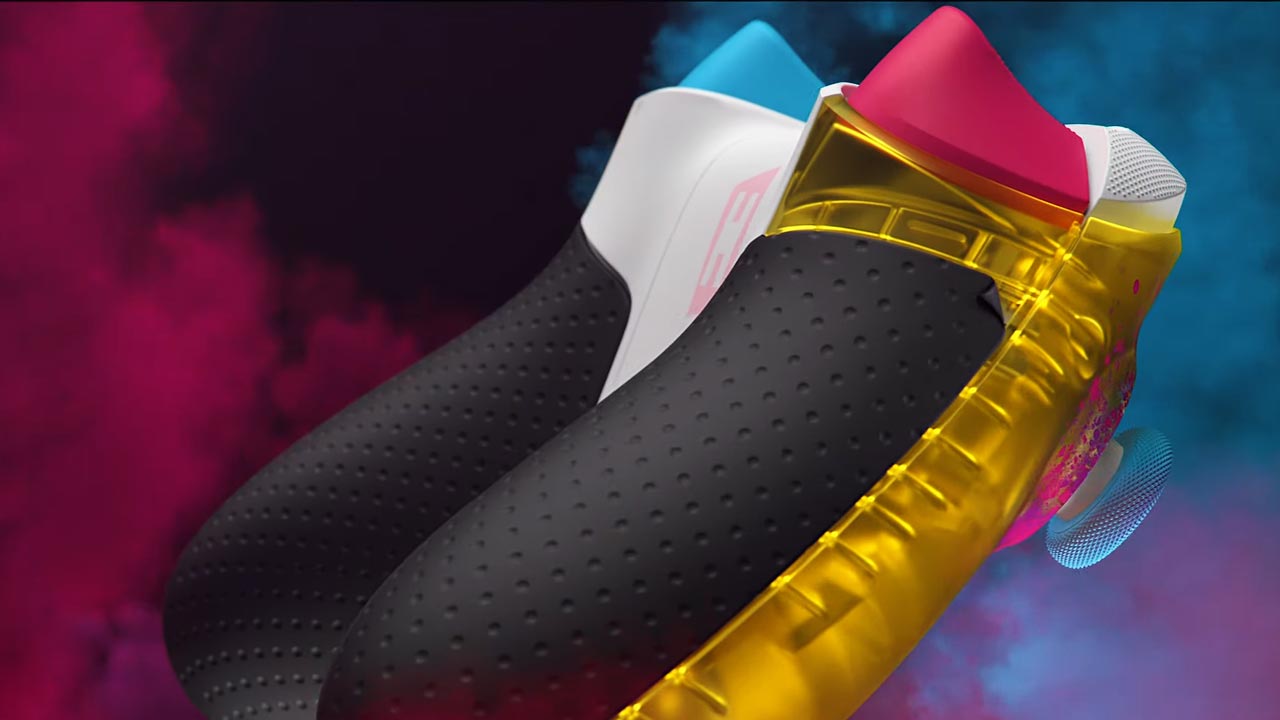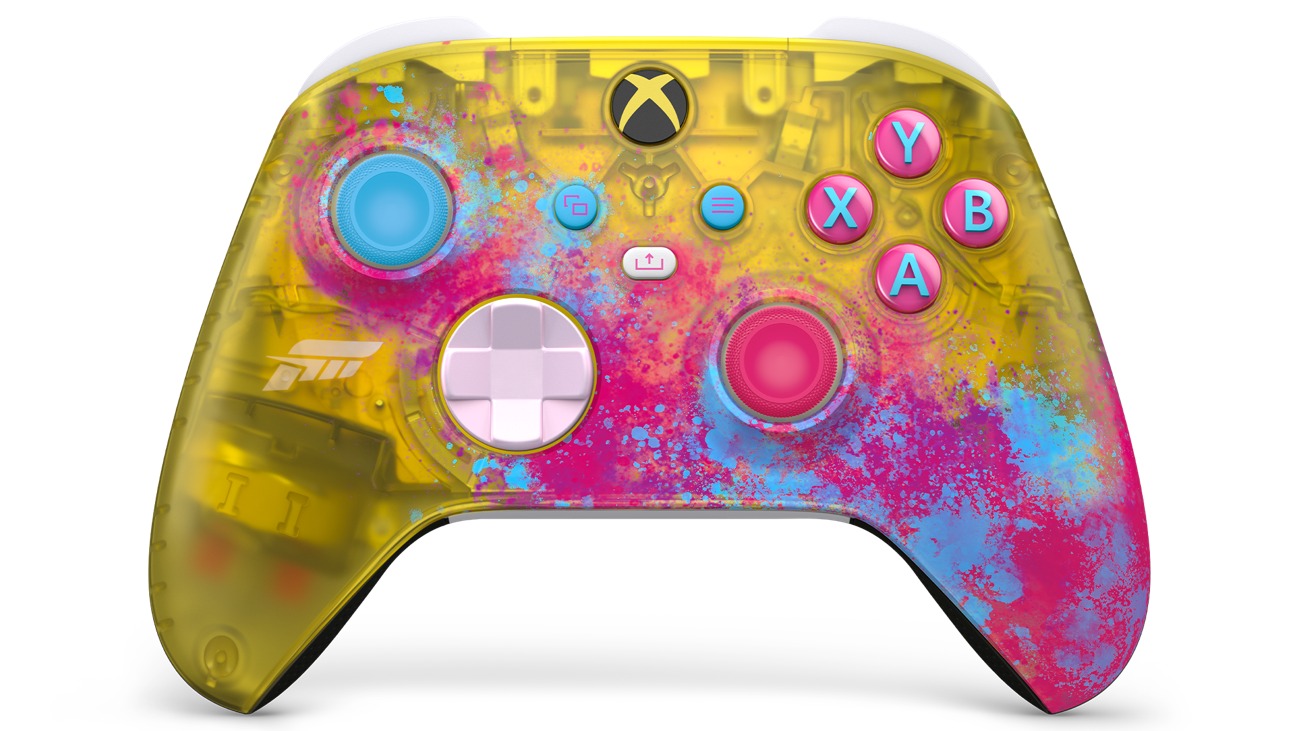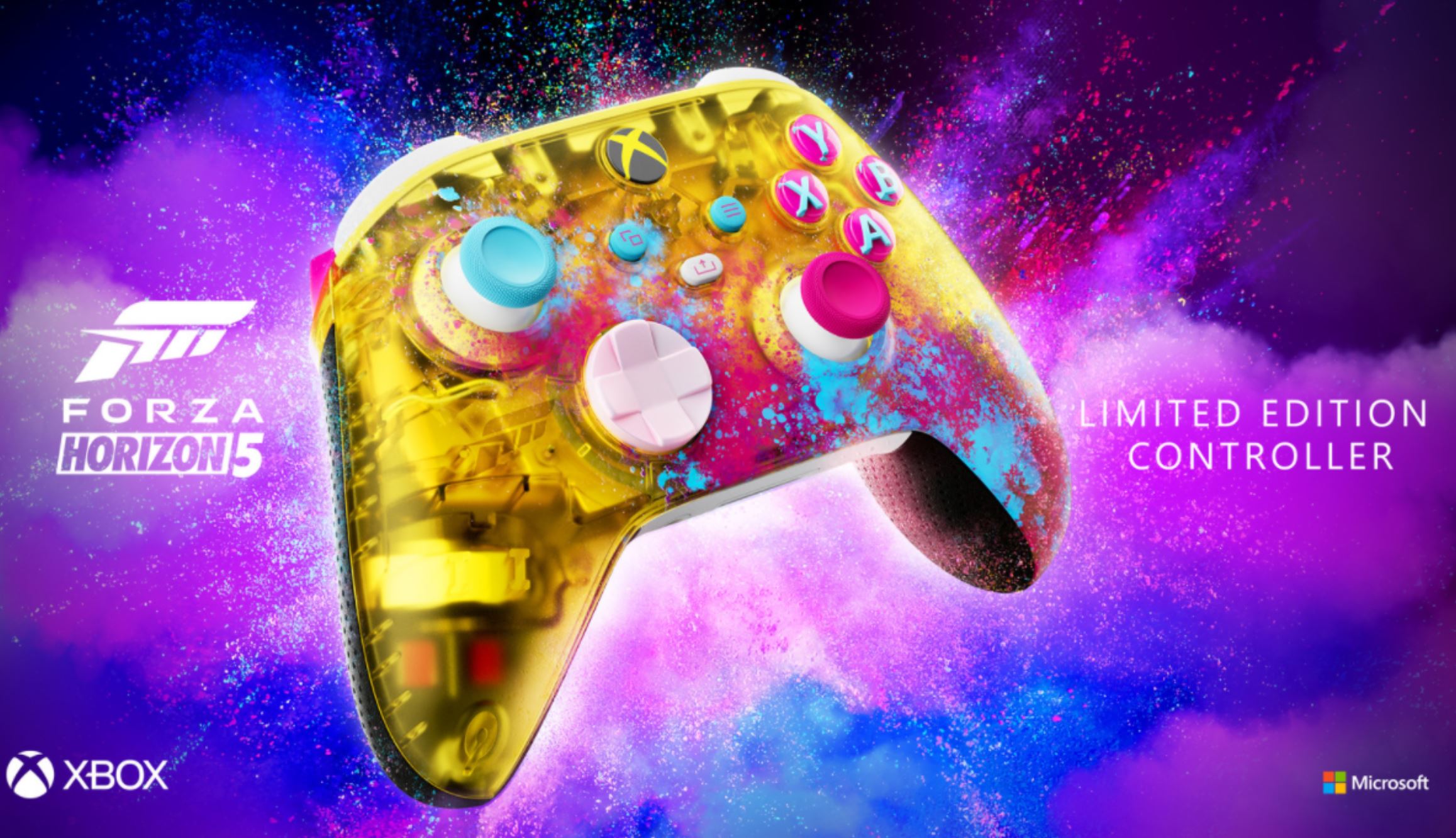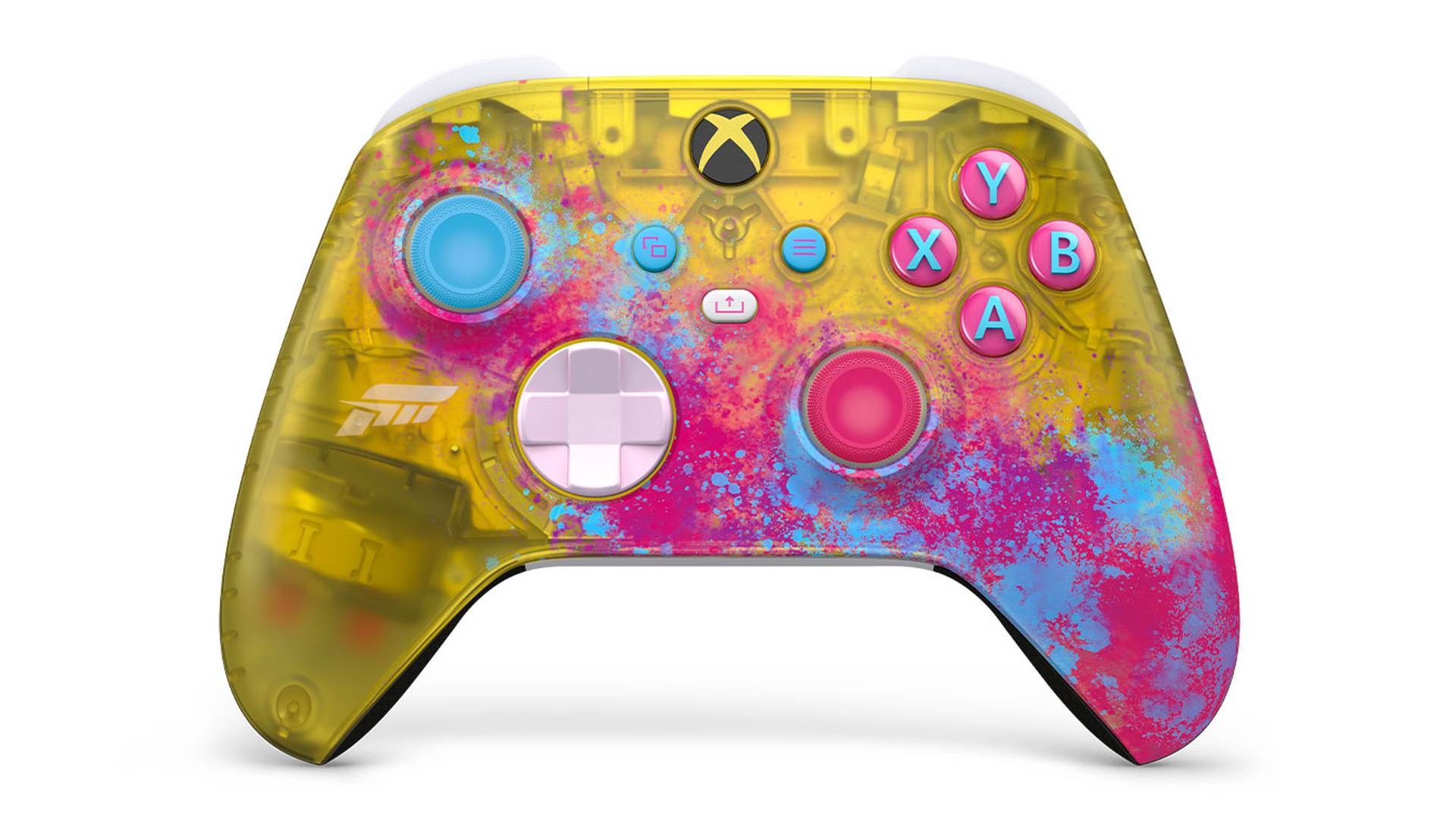To remove a surface-level scratch from your car, try using non-gel toothpaste. First, spread a thick layer of the toothpaste over the scratch with a cloth. Then, use a clean toothbrush to work the toothpaste into the scratch. When you've thoroughly brushed the area, rinse off the toothpaste, and the scratch should be gone. First, sand the scratched area with 2000-grit sandpaper until the surface of your car feels rough. Next, spray the area you sanded with auto-body primer, and let it dry for 20 to 30 minutes.
Once it's dry, spray the area with auto-body paint that matches the color of your car. If nothing else is working, try using a car scratch remover kit. Fixing light scratches on your car may seem like an impossible thing to do. This is especially true if you're a first-time car owner, and you hate seeing those tiny scratches on your car. It could be your watch grazing against your car door or even your key missing the keyhole every now and then.
Whatever the reason may be, it's clear that you really don't want to see the eyesore of a scratch there. So, we will teach you some DIY fixes to make sure that those light scratches are gone with the wind. These DIY fixes that we're going to provide you are all home remedies. Whether you're a woman or a man, you will surely have one of the items to help fix the light scratches on your car's paint and make it new again.
Home remedies are recommended for minor car paint scratches only. If you aren't too sure on whether or not it's a light scratch, you can clean it with a pea-sized amount of toothpaste and water. Use an old toothbrush to help buff the scratch, and see how deep it really is when you've taken away the residue of anything in the scratched area. However, when in doubt, always go to a professional detailer to effectively remove car scratches. Deep scratches, or primer scratches, extend down into the primer layer and often into the bare metal of your car. Unless you're an experienced do-it-yourselfer, these deep types of scratches are best fixed by a professional repair shop.
In the event that your headlights are also foggy, you could use some toothpaste to clean those off too. But, we're trying to fix scratches here, so it may come as a surprise that your trusted teeth cleaning partner will be a scratch remover as well. Toothpaste is useful in removing scratches as it has natural abrasive components to help erase minor scratches on your car's paint. Just like with the shoe polish, make sure that the scratched or damaged area has been thoroughly cleaned.
Afterward, apply some toothpaste onto an old toothbrush and puff the area with the scratch. The best way to do this is by doing circular motions or strokes, but here are also other ways to buff your car. When done, you can wipe the toothpaste off with a soft cloth. If the scratch hasn't completely disappeared, you could repeat the process.
Not only that but unsightly scratches, scuffs and marks will affect your car's value if they're untreated when you want to sell it on. If you don't fancy doing it yourself, there are usually firms offering cheap mobile car scratch repairs nearby too, so there are a range of solutions available for sorting out scratches. Below you'll find our top picks for combating paint defects, so read on and see which one is right for you and for some pro tips.
Scratches in car paint can be caused by a variety of things. Car accidents, vandalism, poor parking, and other parking lot mishaps are all common causes for a scratch or 2 on your perfect paint job. While scratches do detract from the appearance of your car, paying a body shop for a new coat of paint or even a small touch-up can be costly. You can try buffing out surface scratches with toothpaste, using a scratch removal product for small scratches, or sanding and repainting the area if the scratch is deep.
Reverse is the newest car detailing product that easily removes scratches and swirls by hand. This car scratch remover and car paint scratch repair compound will bring your paint back to new. Make paint correction easy with this all in one formula. Keeping your car in tip-top shape on the outside is just as important as the inside. A professional car detailing typically includes polishing the paintwork to remove any scratches and swirl marks and buffing on a wax coat to protect the paint. Fortunately, you can use the Synchrony Car Care™ credit card for all your automotive needs, including professional detailing and repairing deep scratches.
Apply now Be sure to use a light hand and don't polish too hard, as this could damage the clear coat. So that you can easily manage all your car maintenance—whether it's routine oil changes or unexpected repair work. Conveniently manage your account online 24/7 with secure account access or download the mobile app.
Types Of Car Scratches And Repairs ExplainedA store-bought scratch repair kit can also be used to remove mild scratches. The kit contains a buffing pad and scratch remover solution. The surface is first washed so that there is no dust or debris lodged on the surface. Using the buffing pad a small amount of solution is rubbed on to the surface. There have been contradicting opinions on using a scratch removing kit which may users reporting no results or decent results only for very mild scratched. Types Of Car Scratches And Repairs ExplainedA simple surface-level scratch can be judged using your fingernail.
If your nail is unable to catch it then it can be removed using a special rubbing compound. This is done by first, washing the affected area properly using car soapy water and then cleaning it with a microfiber cloth. Now using a buffing pad a small amount of rubbing compound is applied. The compound is aggressively rubbed in on to the scratched area in a circular motion by applying little pressure. The objective is to remove a bit of scratched clear coat.
Besides shoe polish, nail polish, and toothpaste, you could also use candle wax to remove the light scratches on your car's paint. It isn't a car scratch remover, but it will work well to cover up super light scratches on your paint. Again, make sure that the area is clean and rub the candle wax gently on the damaged surface.
The wax will cover up and seal the scratches on your paint. However, this isn't a long-term solution, so be aware that this remedy is only for scratch emergencies. Surprisingly enough, toothpaste actually works well in repairing scratches. This is because it contains microscopic abrasive elements that essentially act as a sandpaper on your car, buffing away any imperfections. Please note that this only works on light abrasions that affect the clear coat—anything deeper than that will need a replacement paint job. For best results, use a whitening toothpaste, since these are a lot grittier than regular toothpaste.
Apply it onto a microfiber towel and wipe away the damage. In the past, the only options for car paint repair available to the general public were costly body shops or through using insurance premiums. The good news is that those two options are no longer just the only choices available. Instead, here at ChipsAway we are experts in minor car body repair, and with our SMART repair techniques, the option for car scratch repair has never been so viable. Through using SMART repair, we can provide a service that is economic and efficient, allowing for you to get your car scratches repaired, and your car back to normal in no time. With deeper scratches, we recommend using 3M Scratch Remover.
Once again, clean and dry the area thoroughly before beginning the repair process. Using a clean microfiber towel, apply the scratch removal liquid in a circular motion. Be sure to remove excess product from the vehicle when you are finished. If your scratch falls in the 'gliding category', you can go ahead with the process.
For this, you will need 3,000-grit sandpaper, rubbing and polishing compound and polishing pads. You will also require a portable drill or dual action polisher unit. You will get these products at any regular auto parts store. Another item that helps in fixing the scratches is gel-free toothpaste.
If you are not too confident in fixing your own car, you can always take the help of a nearby car repair centre. Grab a fine sandpaper, and gently sand down the paint in the surrounding area. You will have to do this so that the scratch won't be seen or it will no longer be visible since the damaged area is more or less the same level with the surrounding panel. Again, this has to be done carefully as if you sand down too much, you could damage the next layer of paint, which will worsen the initial scratch.
Let the shoe polish be your guide when sanding, so you don't go down too deep. You would normally continue sanding lightly until the applied shoe polish has been removed. After all the arm work you've done, you can use a cloth to buff the area and check if the scratch has disappeared. In some cases, the scratch is too deep, so your best option might be to go to an auto detailing shop. According to Wired, the3M Trizact Precision Scratch Kitis a solid solution for people who have more serious surface damage to their cars. Created for light and medium scratches, this kit includes sandpaper, a drilling attachment to apply the rubbing compound and polish.
Depending on how serious the damage is, you may not need to have your car brought back to its shiny best at a garage. Minor scratches only affect the clear coat layer of a car's finish. These are the easiest types scratches to repair, as they can be rubbed or polished out without needing to be repainted.
If you can't see any metal underneath the scratch, it's probably a clear coat scratch. Scratch repair kits are often the first method considered for repairing lighter scratches. A scratch repair kit should consist of a scratch-removal solution and a buffing pad or a microfiber cloth. You can find scratch repair kits at most auto supply shops or online.
What a great solution for minor paint repairs on your car. After rubbing your car down with toothpaste, seeing as toothpaste is a fine sandpaper, is there a noticeable difference between the shine, or polish, of the treated spot? And, if there is a large area on your vehicle that needs treated, taking it a professional body shop may be your best option for fixing your paint job. A scratch remover product allows for a one-time application to remove light swirls and scratches. It works by both cleansing and polishing, taking care of light marks on your car's paint.
These products will easily take care of scratches on your vehicle. The scratch repair kit comes with two products -- a scratch and swirl remover and a hand polish. The first more abrasive compound does the tough work of buffing out moderate scratches and imperfections, while the hand polish restores a lovely luster to the paint. It worked quite well in our testing and sits as a great buy for those that need everything to get started. These products are usually one-step, single application formulas, that allow quick and easy paintwork finish improvement. These products can be used for localized repair to a single scratch or can be applied like a conventional wax for overall car finish restoration.
As well as looking bad there is a hidden danger with car scratches that means they need to be addressed. What this means is that, further on down the line, the damage could cost a lot more to repair, as it may need to include rust repair as well. Those additional costs can easily be avoided by repairing scratches as and when they happen with simple car scratch repair techniques. It might seem quite unorthodox for many drivers, but ladies find this method the most efficient, available, and logical. Unlike toothpaste or shoe polish that requires some buffing and risky sanding, fixing a scratch with nail polish is an easy one-step method.
Another benefit is that nail polish comes in such a variety of colors that most probably you won't have any problem finding the one that matches the color of your car perfectly. So all you are left with is to clean the surface, apply a fine coat of nail polish over the scratch, let it dry for mins, and put one more coat if needed. Some people may only know nail polish as something women put on their nails as a form of an accessory. However, nail polish has a lot of uses, and one of these uses includes being a great scratch remover.
How To Deal With Small Scratches On Car As you can tell with the other DIY fixes, you will need to buff and sand. However, with nail polish, you will just need to clean the area before applying it. Nail polish helps cover up the scratches instead of doing a lot of legwork to "remove" the scratch. Furthermore, nail polish comes in a variety of colors, so it'll be easier to match a color with your paint. This makes it a really effective way to remove scratches on your car paint. So, you should look for the closest color to your car paint that you can find.
Apply the polish as evenly as possible so the scratch will no longer be seen. If you still see the scratch afterward, you can just apply another coat of nail polish after it has dried. After cleaning the area thoroughly, take your scratch removal paste from the scratch repair kit and apply some to a microfiber cloth, or one of the buffing pads that came with your kit. Do not apply the paste directly to your scratches, as this can damage your paint.
Scratch and swirl removers should be used to remove light scratches or surface blemishes, typically noticeable on the surface paint. Examples are the light marks from fingernails around door handles, light scuffs or when a finish loses its gloss. These products are safe cleaners for removing general road film or swirl marks from automatic car washes. There is nothing worse than discovering a new scratch on your car's surface... Whether it's a light scratch or swirls, it can be easily solved without the need for expensive repairs at a body shop. Check out our article below for a simple guide on how to remove scratches from car surfaces with the use of a few Turtle Wax scratch remover products.
Car scratch removers contain a super-fine abrasive that essentially removes your car's protective lacquer. If you choose to use repair kits, follow the manufacturer's instructions carefully and always use a clean cloth when applying. Spray paint can be used to repair minor damage to the paint (e.g. scratches) and painted plastic components without any problems. When using it, you should always wear protective clothing such as a breathing mask, glasses and gloves. Surfaces around the area you are applying paint to should be taped to protect against paint particles.
In addition to the base coat, sprays are also available for primer and clear coats. However, special care is advised with this method for those with less experience – if you're unsure about doing it yourself, then you should consult one of the experts from the workshop. After thoroughly cleaning the surface area, apply your toothpaste to a clean microfiber towel and buff the scratched area in a circular pattern. Continue and wash off the excess toothpaste when finished. If the scratch remains, you can continue this process again two more times. Buffing any more than twice or three times risks damaging the vehicle's actual paint.
